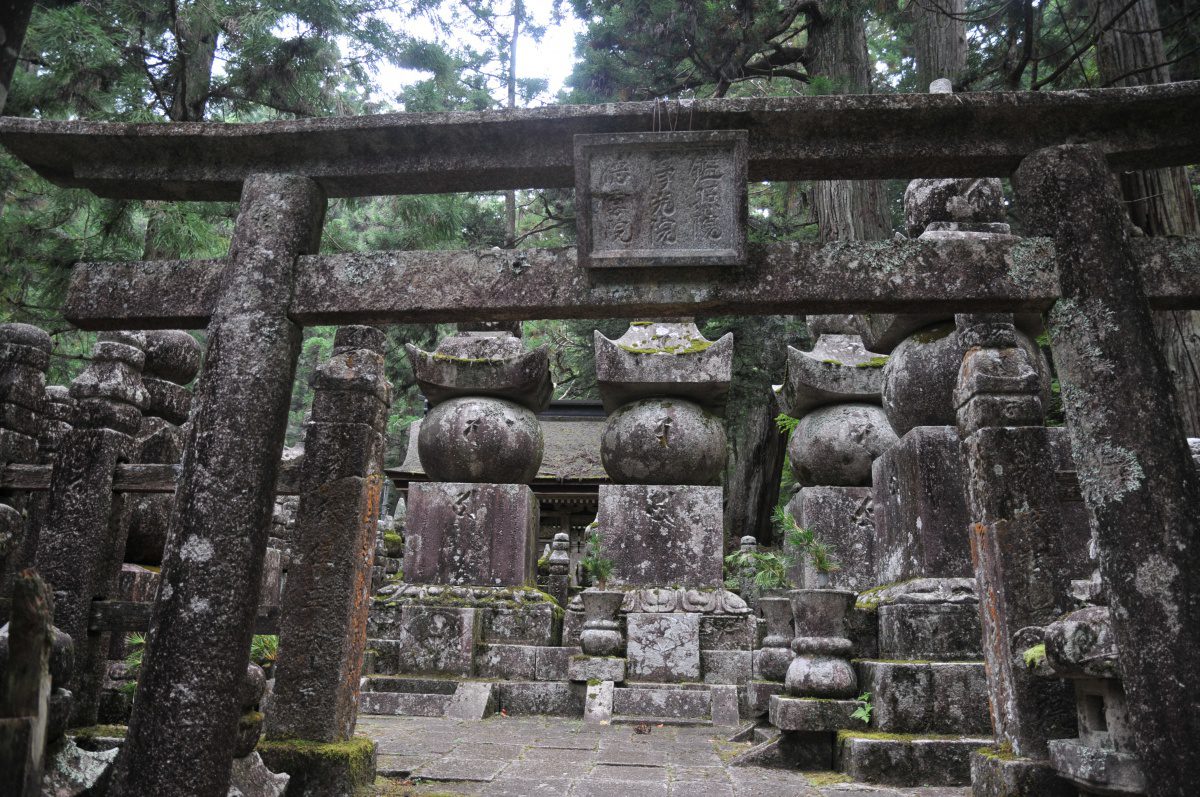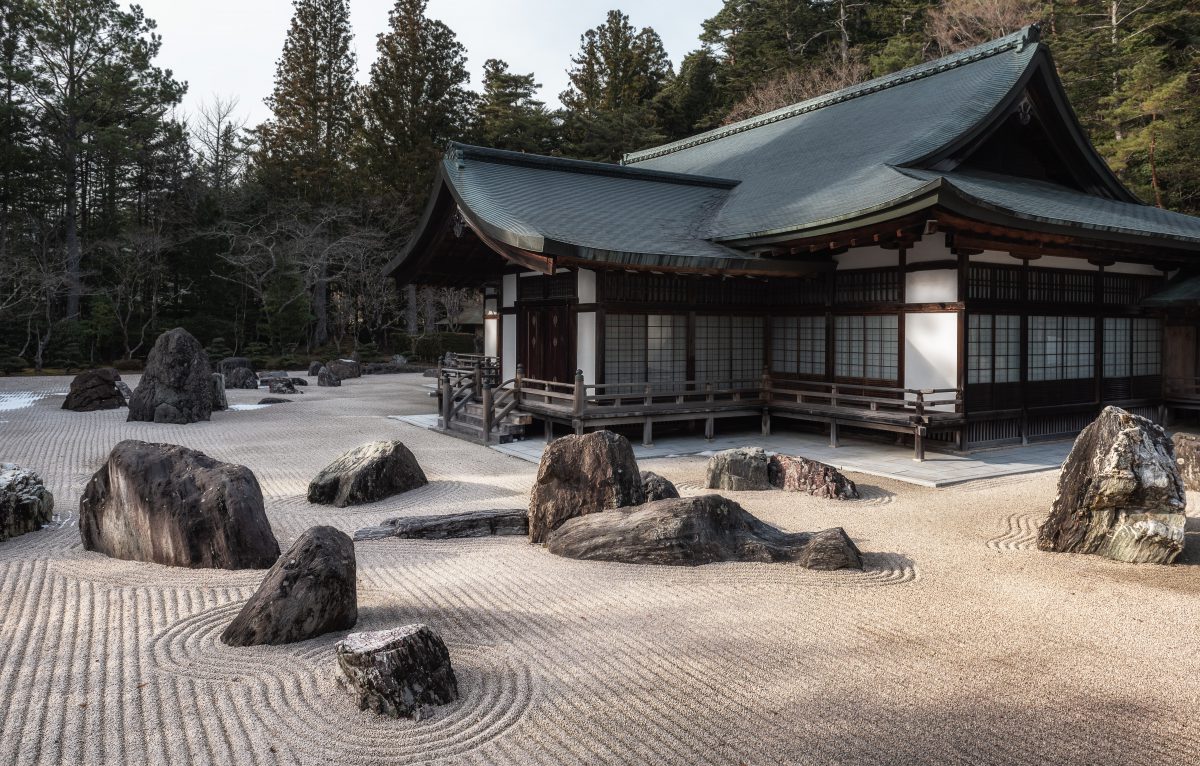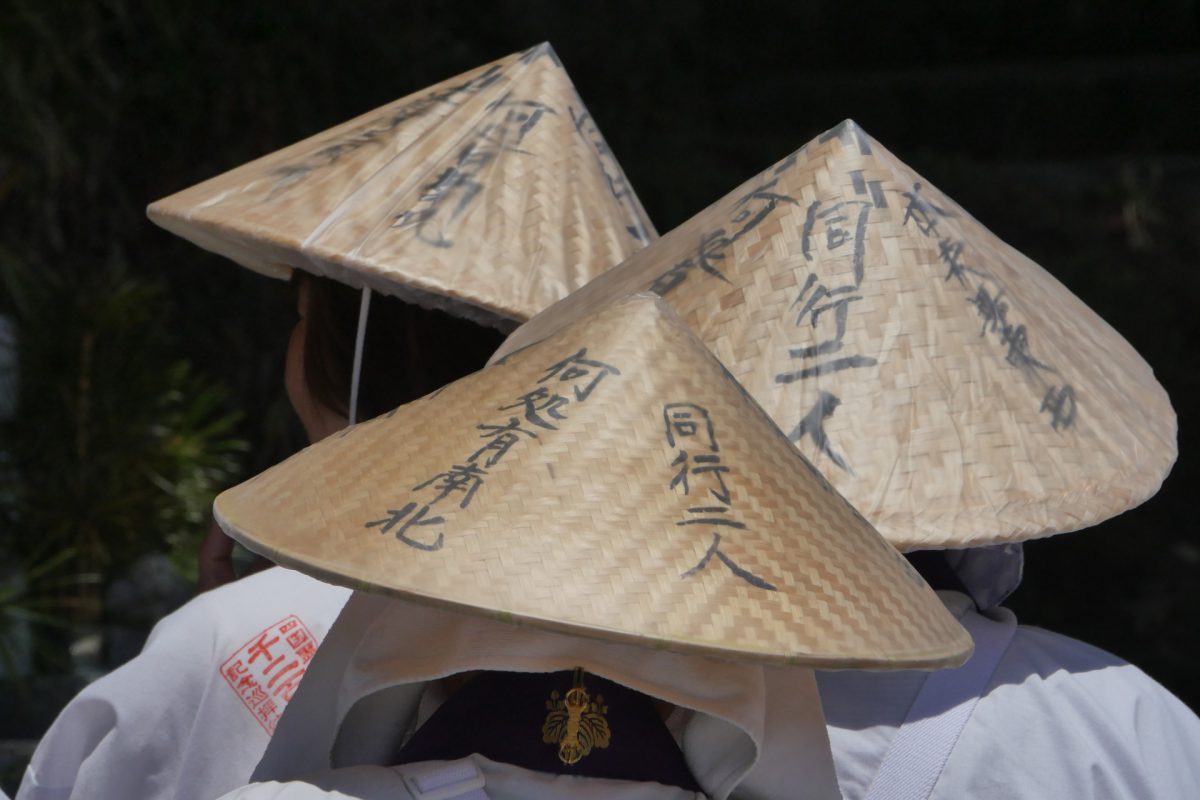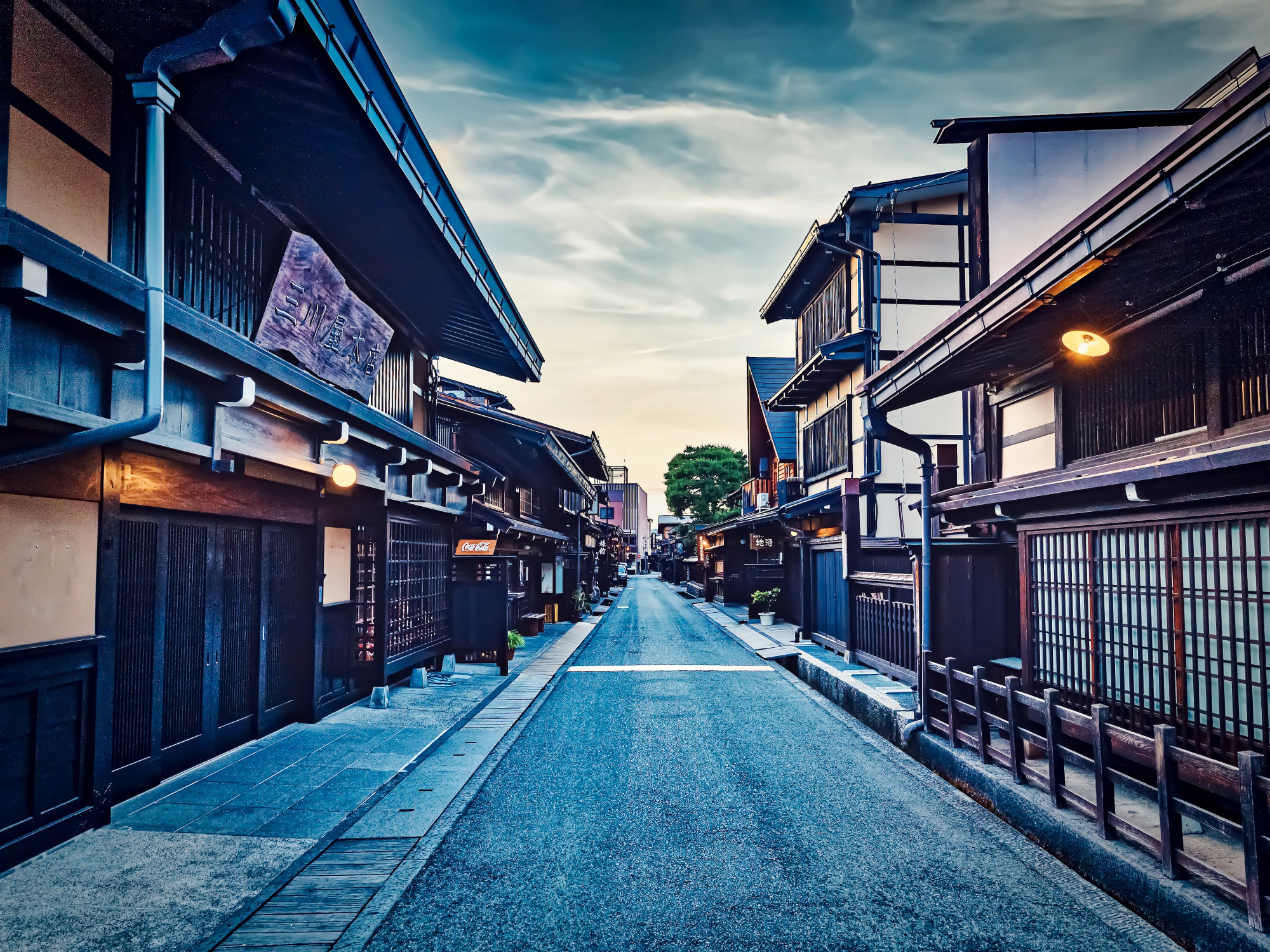Mount Koya or Koyasan is the common name of a large temple complex founded more than 1,200 years ago. Tucked away in the mountains of the Kansai regions, Koyasan is one of the most important Buddhist temples and one of the holiest and also most beautiful places in Japan. Located only about 2 hours from Osaka, Koyasan offers unique experiences such as meditation sessions and temple lodging and the area is great hiking too. As a popular pilgrimage destination, Koyasan is also connected to the Kumano Kodo Pilgrimage by the Kohechi trail. In this article, we introduce Koyasan and what to see and do in the area.
1. Overview of Koyasan
Koyasan is located in Wakayama Prefecture, a few hours south of Osaka. The large temple complex, located more than 800 meters above sea level is seen as one of the most sacred destinations in Japan. It was founded in 816 by the monk Kukai, who is also known as Kobo Daishi, as a school of Shingon Buddhism. Kukai chose Mount Koya for a temple settlement the mountain has eight peaks which resemble a lotus plant. The centre of Shingon Buddhism is located on a small plain on top of the mountain and features a large complex of temples, halls, pagodas, and a large cemetery. The popular pilgrim destination is also home to a large number of hiking trails, passing through peaceful surroundings of ancient trees. Koyasan was registered as a UNESCO World Heritage site in 2004.

Access to Koyasan
Koyasan can be accessed most conveniently from Osaka. From Namba Station or Shin-Imamiya Station, take the Nankai Koya Line to Gokurakubashi terminal station (~80 min). At Gokurakubashi, transfer to the cable car that goes up Mount Koya and from there you will need to take a bus to the town center (~10 minutes) as it is not allowed to walk. Most of the main attractions of Koyasan are located in or near the centre.
In the town of Koyasan, you can walk around to explore more. Among the main attractions, only Okunoin is situated outside of the town center. In order to get to Okunoin, take a bus that connects Koyasan Station with Okunoin, or Daimon Gate with Okunoin.
While a day trip to Koyasan can be done, it is better to stay overnight in the temple town of Mount Koya. It takes more than two hours one way from Osaka to Koyasan and you will need at least half a day to comfortably explore the area. Especially when you want to hike (parts of) the pilgrimage network on Koyasan, you’ll need to book an overnight stay.
Discount tickets Koyasan
There are several discount tickets. A one-day bus pass provides unlimited bus ride on Koyasan and is available at the upper station of the Koyasan Cablecar. The combination Ticket covers admission to all main spots in Koyasan and is available at the Koyasan tourist information offices. The best deal is the discount pass offered by Nankai Railway; the Koyasan World Heritage Ticket. Included in this ticket are a round trip from Osaka to Koyasan by Nankai Railway, unlimited bus rides within Koyasan and discounts on admission to some tourist attractions and souvenirs. The ticket is valid for two consecutive days and is available at Nankai Namba, Shin-Imamiya and Tengachaya Stations in Osaka.

2. Places of interest Mount Koya
Okunoin
Okunoin means “Inner Temple” and is the mausoleum of Kukai, the founder of Koyasan. Okunoin is known as the largest cemetery in Japan and perhaps the most beautiful too. The path through the cemetery is lined by ancient trees and moss-covered lanterns and statues. There are more than 10,000 lanterns which were all donated by worshipers and are kept eternally lit.
Following the path, you will arrive at the main hall of Okunoin, called Torodo Hall, which is freely accessible during the day. The Mausoleum of Kobo Daishi can be found behind Torodo Hall. Besides Kukai, Okunoin houses the tombs of important historical figures including Oda Nobunga and the monks Dogen, Honen, Nichiren, and Shinran.
You can visit Okunoin during the day as well as at night. Guided night walks through Okunoin cemetery is offered in English and takes about 1.5 hours, starting at 7pm.

Kongobuji
Located a bit further is Kongobuji, the head temple of Shingon Buddhism. It was originally built in 1593 by Toyotomi Hideyoshi to commemorate the death of his mother. Kongobuji features several rooms with sliding doors (fusuma) which are beautifully painted with typical Japanese artifacts such as cranes, and blossoms. In one of the rooms, visitors can enjoy Japanese tea and small sweets.
Behind the Kongobuji building, there is the Banryutei Rock Garden, the largest rock garden in Japan with over 100 large granite stones, constructed in 1984. The garden represents a pair of dragons emerging from a sea of clouds.
Danjo Garan
Danjo Garan is Koyasan’s major temple complex and located at the heart of Koyasan. This is where important religious events and rituals take place. Danjon Garan consists of several halls, towers, gates, a pond, a bridge, and walking trails. The most famous constructions are the Kondo Hall, which is a large wooden hall where major ceremonies are held, and the Konpon Daito Pagoda, a 45 meter tall, two storied pagoda.

Danjo Garan 
Daimon
Daimon
Daimon is the huge main gate for Koyasan. The original gate was destroyed by fire and lightning, and the current gate was constructed in 1705. The current Daimon is 25.1 meter tall. On each side of the gate, there are Kongo Rishiki who guard the mountain. These statues of Kongo warriors were made in the Edo period and are the second largest in Japan after the ones in Todaiji Temple in Nara. On a clear day, a magnificent view can be enjoyed from the front of the gate.
Mount Koya hiking trails
Koyasan is a popular pilgrimage destination and home to a large network of different hiking trails, some of which are relatively easy and short, whereas others can be rather challenging.
Koyasan Choishi Michi trail
While many take the cable car up the mountain, the Koyasan Choishi Michi trail is the original main approach to Koyasan. This is a 24 kilometer forested trail that starts at Jison-in Temple near Kudoyama Station on the Nankai Koya Line. The trail is marked by Choishi, which are large, ancient stone pillars about 3 meters in height in the shape of a Gorinto, a pagoda shaped in the five Buddhist elements: earth, water, fire, air and void. The Koyasan hiking trail ends at the Daimon Gate.
Kumano Kodo Pilgrimage
Koyasan is also part of the famous Kumano Kodo Pilgrimage, a network of hiking trails that have been in use for over 1,000 years and are designated UNESCO World Heritage. The Kohechi trail connects Koyasan to the Kumano shrines. However, completing this trail is quite a challenge at times and it takes about one week to complete. When you want to walk the Kohechi trail, you are advised to carefully plan your trip!
Shikoku 88 Temples Pilgrimage
The Shikoku 88 Temples Pilgrimage also known as ohenro runs between 88 temples where Kukai is believed to have trained or have spent time on the island of Shikoku. The original walking course is approximately 1,200 kilometers long and takes 40 to 50 days to complete. Many pilgrims start or end their journey by visiting Koyasan although the pilgrimage can be started or completed anywhere. Nowadays, some people use trains or vehicles to complete (parts of) their journey. The pilgrimage can be completed on one go, and some people take years to complete it by returning when they can. The Shikoku Pilgrimage offers abundant natural surroundings and opportunities to reflect on one’s life.
Temple lodging in Koyasan
If you are interested in experiencing the simple and traditional lifestyle of Buddhist monks, temple lodging or Shukubo is an excellent option. In Koyasan, there are more than 50 temples offering this type of overnight stay. Shukubo usually offer private rooms with tatami mats, futon beddings, and sliding doors. Dinner and breakfast are provided, with Shojin Ryori, vegetarian dishes originally for monks, served at temple lodgings. Guests are invited to participate in morning prayers which usually starts early in the morning before breakfast. Some temples also offer meditation sessions during the day for the guests.

Fukuchiin Temple has over 800 years of history and is the only temple lodging in Koyasan with natural hot spring baths. You can also experience morning prayers and preaching of the monks, and participate in activities such as making a Buddhist rosary or kanji sutra writing.
The temple lodgings are very popular so it is recommended to book well in advance.

Koyasan is a popular pilgrimage destination and on the must-visit list for many people. A visit to this peaceful area offers many unique experiences, where you can learn more about the long history of Buddhism in Japan and temple lodging. The best time to visit the area is in spring or autumn, when the weather is comfortable for hiking. Keep in mind however that the temperature in this mountainous area is cooler than in Osaka. Visiting this sacred mountain of long and rich history and staying overnight at a temple lodging will be a unique and very special experience during your stay in Japan.
Follow us on Instagram or Facebook for more travel inspiration. Or tag us to get featured!
Happy travelling!
Articles you might also like
This post may contain some affiliate links. When you click through and make a purchase we may receive some commission, at no extra costs to you











